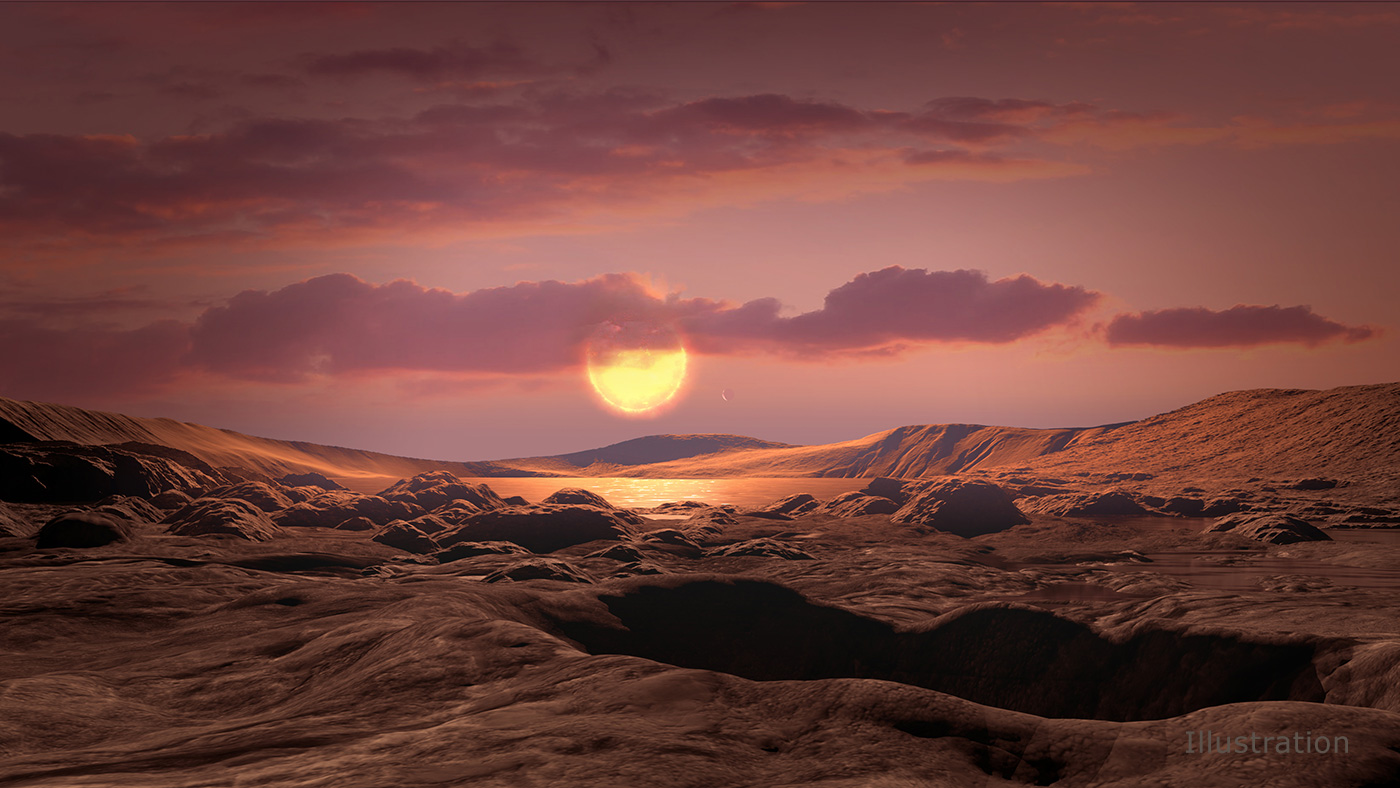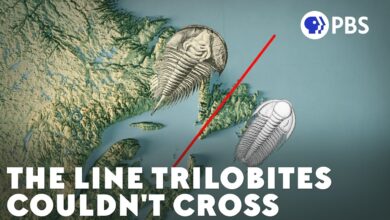We Might Find Alien Life In 2316 Days

Europa Clipper is a major NASA space mission designed to explore Europa, one of Jupiter’s moons, to investigate the possibility of extraterrestrial life. Europa is a very special object in the Solar System because of signs that it may have a saltwater ocean beneath its thick layer of ice, which creates potential possibilities for microbial life.
### Important details about the Europa Clipper mission:
1. **Mission primary objective**:
– **Search for signs of life**: Scientists hope that Europa may contain conditions favorable for microbial life beneath its thick layer of ice. A subsurface ocean could provide a stable environment and liquid water, which is important for life.
– **Exploring Europa’s Surface and Ocean**: Scientists want to better understand Europa’s surface, its radiation conditions, and the chemical composition of its ice and subsurface brines.
2. **Europa Clipper’s Scientific Instruments**:
Europa Clipper will carry a range of instruments to study Europa from up close. Key instruments include:
– **Infrared Cameras**: To take detailed surface images and measure geological features.
– **Spectrometer**: To analyze the chemical composition of the ice and outer ice shells.
– **Magnetometer**: To test and measure the interaction between Europa and Jupiter’s magnetic field, thereby inferring the depth and composition of the subsurface ocean.
– **Radar Sensor**: To probe and analyze the ice surface and subsurface water. Radar will help determine the thickness of the ice and assess subsurface phenomena.
– **Radiation meter**: To record radiation levels around Europa, especially the extremely strong radiation field from Jupiter.
3. **Flight schedule and radiation avoidance mechanism**:
– **Multiple flybys of Europa**: Europa Clipper will make multiple flybys of Europa to avoid prolonged exposure to extremely strong radiation from Jupiter. Each flyby will provide detailed data on Europa’s surface, geological features, and interactions with the surrounding space environment.
– **Flight altitude and frequency**: Europa Clipper’s flights will take place at low altitudes, about 25,000 km (about 15,500 miles), each time about 1.5 to 2.5 weeks away from Europa.

4. **Jupiter radiation challenge**:
– **Extremely strong radiation**: Europa is surrounded by a strong radiation field from Jupiter, which can damage electronic devices. To mitigate this risk, NASA designed Europa Clipper with protective layers and a flight path that minimizes exposure to radiation.
– **Protection**: Although Europa Clipper is equipped with special protective layers, the spacecraft’s instruments will not operate during exposure to high radiation levels, which protects them from damage.
5. **Findings and data from previous missions**:
– **Galileo**: Before Europa Clipper, NASA’s Galileo spacecraft returned important data suggesting that Europa may have a saltwater ocean under its ice. This finding was based on signs of electrical conductivity near the surface, which could be saltwater.
– **Juno**: NASA’s Juno spacecraft has provided insight into the environment around Jupiter, including magnetic fields and radiation, which has helped create predictive models of Europa’s radiation environment.
6. **Importance of Europa**:
Europa is one of the most interesting moons in the Solar System because of its potential to support life. Beneath its ice, there may be a deep, vast ocean of liquid water, which is important for microbial life. The interaction between the ice and the ocean could help maintain a stable habitable environment, despite the harsh environment on the surface.
7. **Additional missions**:
In addition to Europa Clipper, other missions such as the European Space Agency’s (ESA) **JUICE** (JUpiter ICy moons Explorer) will also study Jupiter’s moons, including Europa. JUICE will arrive at Jupiter about 15 months after Europa Clipper, and will provide additional observations of the moon, supporting research and helping to understand the conditions that could support life.
All the data from these missions will open a new window on the possibility of finding life beyond Earth, especially on Jupiter’s icy moons like Europa, where harsh conditions may not preclude microbial life.








